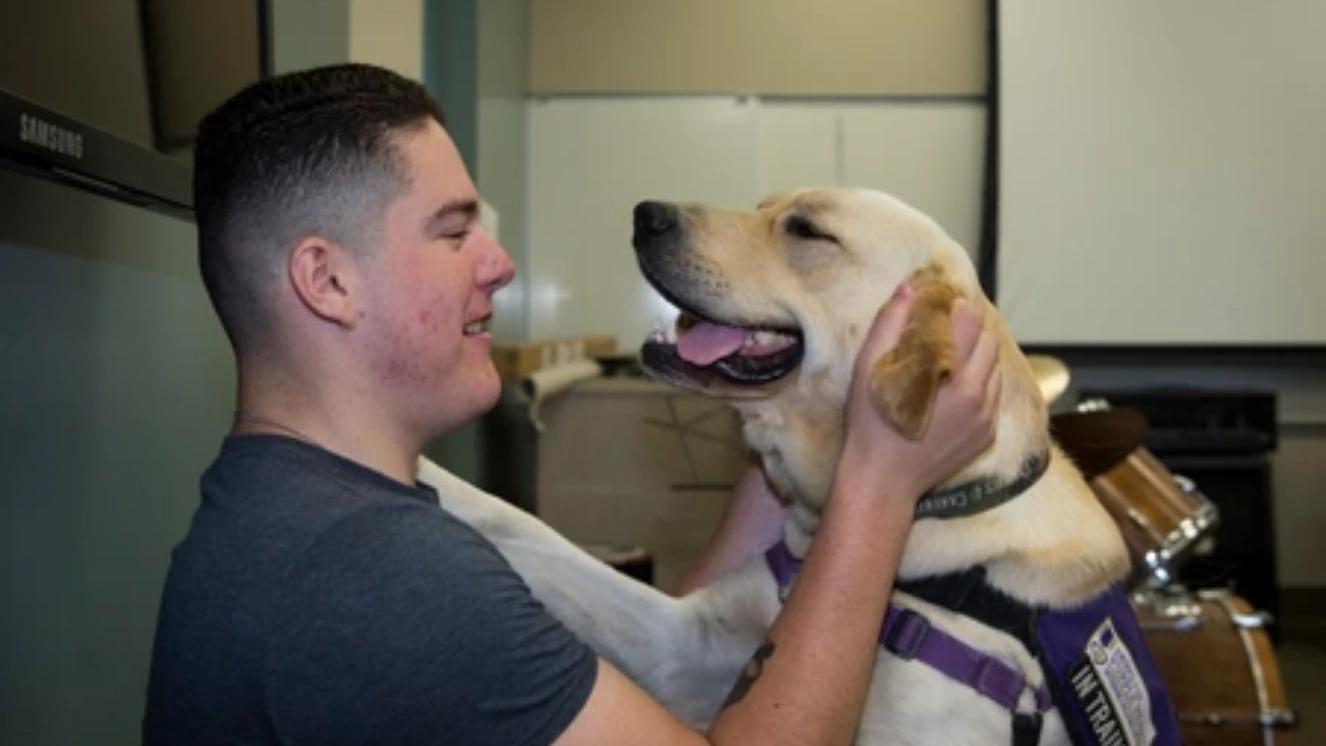VETERAN FOOD STAMPS: ELIGIBILITY, HOW TO APPLY, AND HOW IT WORKS

When it comes to food insecurity, it’s normal for people to apply for food stamps in order to relieve the problem. Unfortunately, this is a common issue among Veterans, but Vets are also able to apply for Veteran food stamps through the Supplemental Nutrition Assistance Program, or SNAP. Read on to learn more about this program and all that it has to offer. Suggested read:9 Veterans Thanksgiving Resources To Check Out
Veteran Food Stamps: Stats and Contributing Factors
Having assistance from SNAP is the perfect way to reduce the pressure from Veteran food insecurity. In fact, roughly 1.1 million Veterans, 22,000 active-duty service members, and 213,000 National Guard members and Reservists receive aid from SNAP. For those who’ve served in the military, food insecurity can be a regular issue. It’s very common for Veterans to receive Veterans food assistance, as they may have issues obtaining food because of unemployment or low-income jobs. Veterans ages 18 to 24, along with Latino and Black Veterans, are more likely to be unemployed. On top of that, having served in the military does not provide Veterans with much work experience outside of the military, which can make it difficult for them to have the knowledge and skills needed to obtain or work certain jobs. Many Veterans may also suffer from homelessness or disabilities and medical problems. Veterans may deal with mental and physical issues from serving in the military. Being subject to disorders, poor health, and a reduced quality of life due to service-based disabilities greatly increase a Vet’s personal bills. Having to deal with housing issues, paying for necessary resources, and medical bills may shift a Vet’s importance to spending money on things other than food.
SNAP Eligibility
SNAP is the largest federal program that provides food assistance. This program is geared toward low-income people. Therefore, people will only be eligible if they meet the following qualifications:
- The household’s net income is at or under the poverty line.
- The household’s gross monthly income is at or under 130% of the poverty line.
- The household’s assets are $4,250 or less (if there is a family member with a disability or that is 60 years or older) and $2,750 or less (if there isn’t such a member).
A household consists of people who live together, buy items together, and prepare meals together. Based on the USDA’s Food and Nutrition Service, for military income, most of the allowances and benefits pay are included in the household income. This includes basic allowance for subsistence and basic allowance for housing. However, imminent danger pay, combat pay, and hostile fire pay do not count for the household income. While one must be a U.S. citizen in order to be eligible for SNAP, exceptions include kids and people who receive disability benefits and have also lived in the U.S. for a minimum of five years. The SNAP program also has the following requirements for eligibility regarding work:
- Taking a job when offered.
- Not voluntarily decreasing hours at work.
- Not voluntarily quitting.
- Participating in training and employment programs.
On top of that, one must work for a minimum of 20 hours a week for at least three months within 36 months if they want to receive SNAP benefits. Those excluded from this requirement include:
- Kids.
- Pregnant people.
- Senior citizens.
- Those with mental and physical limitations.
Can a disabled Veteran get food stamps? Absolutely. The SNAP program considers a disabled Veteran to be either housebound, in need of regular assistance, or totally disabled.
How It Works
Those who are eligible will receive an electronic benefits transfer (EBT) card. This card can be used to buy food in supermarkets and convenience stores that are authorized under the SNAP program. It also depends on the location. This card may only be used to purchase food, and money will be added to the card every month by the government. While there is a waiting list for applications to get approved, Veterans, along with their family members, do not need to wait. They will be awarded the benefits as long as they meet the employment and income qualifications. For non-Veterans, they must wait roughly 30 days for their application to be approved and for the benefits to come in. Families are also only able to get the benefits during their certification period. A notice will be given telling the family that they need to recertify in order to continue receiving the benefits.
Apply Now
The SNAP application differs according to location. To receive Veteran food stamps, one must fill out the application depending on what state they are living in, and the individual must contact their state agency in order to apply. This can be done by contacting your local SNAP office, but some states also allow you to fill out the applications online from the website of their state agency. Read next:Veterans Food Assistance Near Me Searches Highlight Food Insecurity
TAGS:



